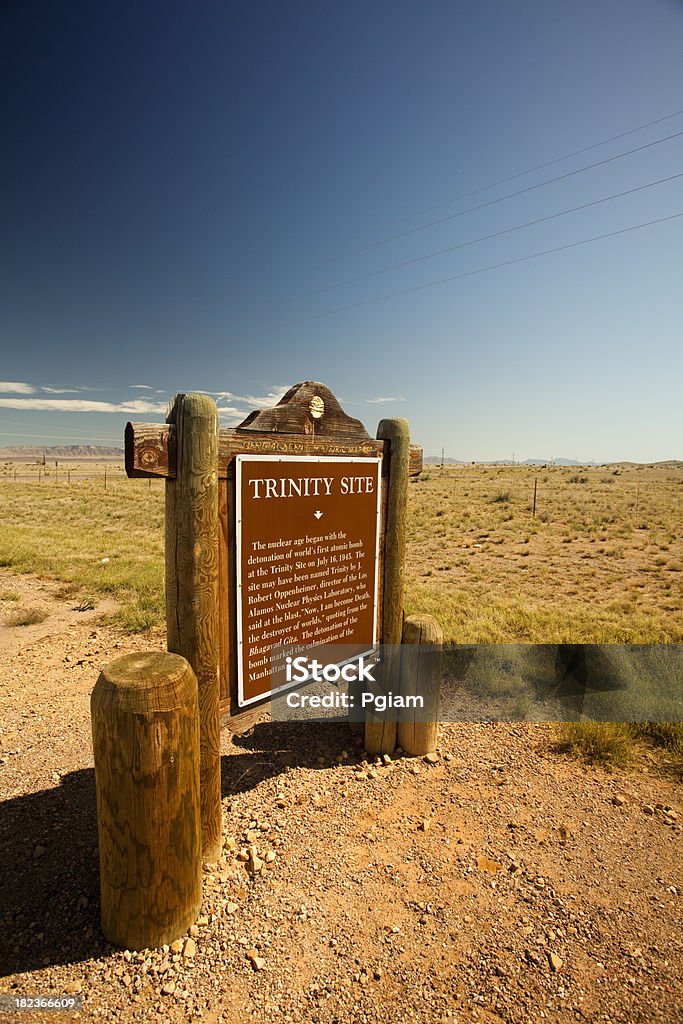In the heart of the New Mexico desert, project leader and physicist Robert Oppenheimer and his team set off an explosion that would mark the dawn of the nuclear age.
On July 16, 1945, the world changed forever when the Manhattan Project team successfully detonated the first atomic bomb. A seemingly ordinary day beneath the scorching sun was pivotal in history.
The Manhattan Project was a top-secret endeavor shrouded in wartime urgency. Code-named “Trinity,” this wasn’t just a scientific experiment but the birth of an era. It was a monstrous genie trapped in a metal bottle, waiting to be unleashed.
And unleash it they did!
At precisely 5:29 a.m., the bomb, nicknamed “Gadget,” exploded with a blinding flash and a thunderous roar, unleashing 18.6 kilotons of power. The blast melted the 100-foot tower holstering the bomb and created a massive mushroom cloud approximately 12 kilometers high. It left an enormous crater on the desert floor and turned the surrounding sand and asphalt into green glass, called “trinitite.”
Observers stationed about six miles away felt the shockwave and witnessed the power humanity had just unleashed.
The immediate aftermath of the test was felt just weeks later when atomic bombs were dropped on Hiroshima and Nagasaki, ending World War II.
Led by Oppenheimer, the Manhattan Project brought together some of the brightest minds in science to create a weapon of unprecedented destructive force. However, this newfound power also ushered in the era of nuclear weapons and the Cold War, forever changing global politics and warfare.

